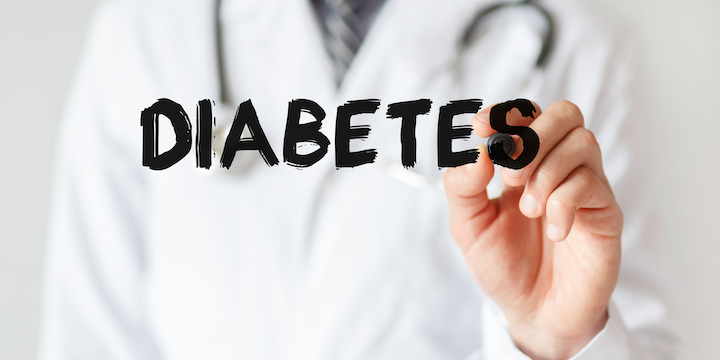
Diabetes Symptoms
Symptoms of diabetes are caused by higher levels of glucose (sugar) in your blood. While both type 1 and type 2 diabetes have similar warning signs, symptoms tend to develop much more quickly for type 1 compared to type 2 (i.e. over several weeks vs several years).
Read on to learn about the top 10 ten symptoms of type 1 and type 2 diabetes.
1. Numbness or tingling in the hands or feet
Damage to the nerves can result from elevated blood sugar levels causing what is known as ‘peripheral neuropathy‘.
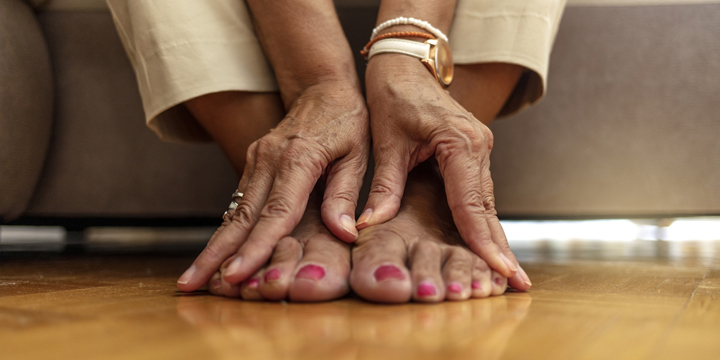
2. Unexplained weight loss
Weight loss may be an early sign of diabetes and is more prevalent in type 1 diabetes. It can occur even though you are eating and feel hungry.

3. Fatigue (feeling tired or lethargic)
Sugar provides you with energy. Your cells need insulin to bring the sugar in, so if your body doesn’t produce enough or any insulin, the sugar has no way of entering the cells. This can make you extra tired.

4. Increased thirst
As a result of increased urination, you may get dehydrated, and will therefore be drinking more than usual.

5. Blurred vision
When blood sugar levels are increased, fluids can leave the lenses of your eyes, causing vision changes.

6. Frequent urination
When blood sugar levels are elevated, you may not reabsorb all of the sugar as it passes through the kidneys. Your body will try to get rid of it by making more urine. For children, that could mean sudden or more frequent bed wetting.

7. Slow-healing cuts and bruises
Cuts or wounds on the skin may heal more slowly than you are used to. This may be due to poor circulation and nerve damage, which can be a result of high blood sugar from diabetes.
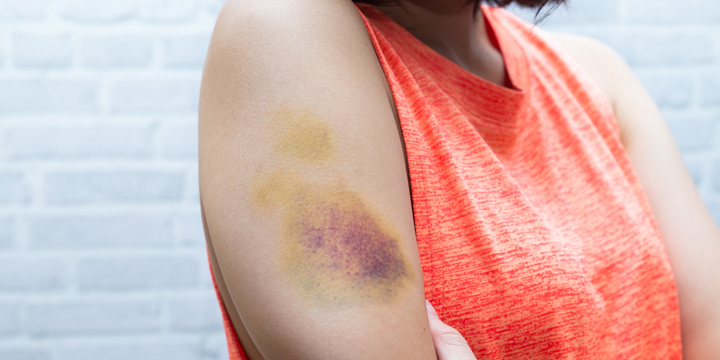
8. Frequent or recurring infections
Diabetes can weaken your immune system making you more susceptible to illnesses.

9. Trouble getting or maintaining an erection
This kind of sexual dysfunction is common in people with type 2 diabetes, and may indicate early nerve damage due to high blood sugars. Sexual dysfunction may also impact women.

10. Fruity-smelling breath
Having fruity-smelling breath can be a warning sign of diabetic ketoacidosis, a condition where ketones build up in the blood. This mainly affects people with type 1 diabetes, but can also occur in people with type 2 diabetes. It requires prompt medical attention.
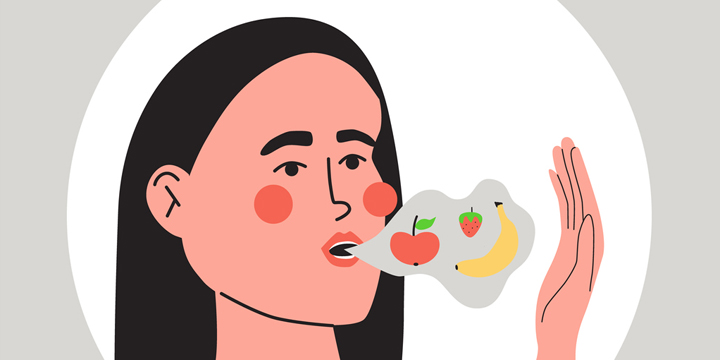
If you have any of the above symptoms, talk to your healthcare provider about your concerns. A blood test will help determine if these symptoms might be caused by diabetes.
Diabetes Symptoms Articles
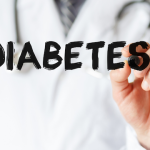 Signs and symptoms of diabetes - beware - there may not be any!!Every week I diagnose people with diabetes who have likely had it for 5 years or more and yet had no idea what was happening to them!
Signs and symptoms of diabetes - beware - there may not be any!!Every week I diagnose people with diabetes who have likely had it for 5 years or more and yet had no idea what was happening to them!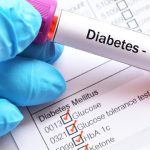 Can diabetes be misdiagnosed?As researchers delve into the causes, prevalence and treatment of diabetes across the globe, they’re also discovering that some forms of diabetes can be misdiagnosed too.
Can diabetes be misdiagnosed?As researchers delve into the causes, prevalence and treatment of diabetes across the globe, they’re also discovering that some forms of diabetes can be misdiagnosed too. Diabetic ketoacidosis: Know the signs and symptoms of this life-threatening situation!If you take insulin to manage your diabetes, you could be at risk of diabetic ketoacidosis (DKA). DKA usually occurs in people with type 1 diabetes, but it has been known to happen in people with type 2
Diabetic ketoacidosis: Know the signs and symptoms of this life-threatening situation!If you take insulin to manage your diabetes, you could be at risk of diabetic ketoacidosis (DKA). DKA usually occurs in people with type 1 diabetes, but it has been known to happen in people with type 2 Signs versus symptoms: what’s the difference?The words “signs” and “symptoms” are often used interchangeably but there are some real differences. Read more about signs verus symptoms of diabetes.
Signs versus symptoms: what’s the difference?The words “signs” and “symptoms” are often used interchangeably but there are some real differences. Read more about signs verus symptoms of diabetes. How is diabetes diagnosed?Diabetes can be diagnosed in a number of ways. In fact, there are 4 different tests that can be done to diagnose diabetes, as recommended by the Diabetes Canada clinical practice guidelines.
How is diabetes diagnosed?Diabetes can be diagnosed in a number of ways. In fact, there are 4 different tests that can be done to diagnose diabetes, as recommended by the Diabetes Canada clinical practice guidelines. How can I check if I have diabetes?Are you wondering, do I have diabetes? The reality is, anyone can develop this disease. That’s why it’s so important to be aware of signs and symptoms that may signal diabetes and get tested for a proper diagnosis. Here are some key ways to check if you have diabetes or may be at risk for developing it in the future.
How can I check if I have diabetes?Are you wondering, do I have diabetes? The reality is, anyone can develop this disease. That’s why it’s so important to be aware of signs and symptoms that may signal diabetes and get tested for a proper diagnosis. Here are some key ways to check if you have diabetes or may be at risk for developing it in the future.
